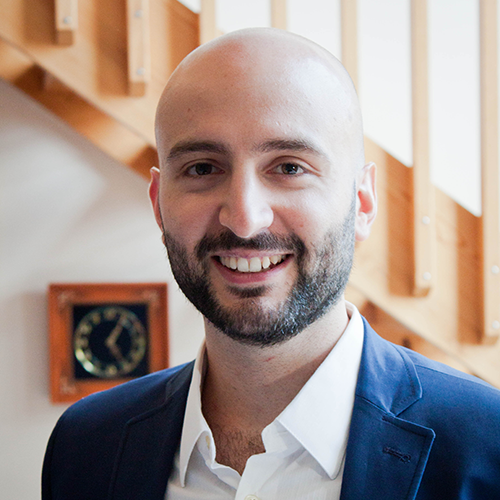Biomedical Physics
Biomedical Physics is the branch of physics that deals with systems of a biological nature, from the scale of single molecules to cells, whole organisms and even ecosystems. Biomedical physics uses quantitative physical approaches to address biological and medical questions and is supported by parallel approaches in biochemistry and molecular biology.
Biomedical Physics is a truly interdisciplinary field of science that involves virtually all fields of physics in combination with subspecialities in Biology, Chemistry, Mathematics and Computer Sciences for the growth and development of life sciences and health care.
Biomedical Physics is a truly interdisciplinary field of science that involves virtually all fields of physics in combination with subspecialties in Biology, Chemistry, Mathematics and Computer Sciences for the growth and development of life sciences and health care.
Biomedical Physics at KTH
In this specialisation, knowledge and skills in physics are developed for applications and research in the life sciences and health care. Interdisciplinary approaches are increasingly crucial to basic research in life sciences and for developing new medical diagnostic methods and treatments. Biomedical physics is at the centre of these activities. The need for improvements in the medical field is virtually infinite. Through the choice of courses, you can focus on experimental and theoretical approaches to biomedical physics used on different spatial scales, from the molecular and cellular level up to the organ(ism) and population level.
You must choose a minimum of 40 ECTS credits of core knowledge courses within the track. Among these courses, there is one mandatory course ( SK2532 Biomedicine for engineers ) giving an introduction to the field. In addition, you choose at least two out of three strongly recommended courses. The three strongly recommended courses are SK2533 Experimental biophysics , where you learn the principles for the essential methods of experimental biophysics, SK2534 Molecular biophysics , where you learn about biophysics on the molecular level and SK2535 Cellular biophysics where you learn about biophysics on the cellular level. Several of the more specialised courses are taught by active researchers at the Albanova and Science for Life Laboratory . These courses give students unique opportunities to gain insight into frontline research conducted in participating research groups. They can also serve as excellent preparation for thesis projects and further studies in both academia and industry.
For example, the latest developments in super-resolution microscopy are introduced in the course SK2501 Physics of biomedical microscopy , advanced X-ray methods in biomedicine are presented in the course SK2550 X-ray physics and applications and practical techniques for biomedical laboratories are taught in SK2536 Laboratory techniques in life sciences and novel quantitative and modelling approaches to biology are presented in SK2538 Data-driven life sciences .
Career
After completing your master's degree on the Biomedical Physics track, both the academic and the industrial routes are open to you. Those students interested in research will contact various research groups during their studies and often continue to do a PhD. The Science for Life Laboratory is a research infrastructure with a strong focus on enabling technology. Many research groups from KTH, KI, and SU are active at the Science for Life Laboratory and provide good opportunities for higher studies. There are also excellent opportunities for industrial careers in the rapidly growing medical and biotechnology sectors with many start-ups and established companies in our region and elsewhere.
Graduate interview

